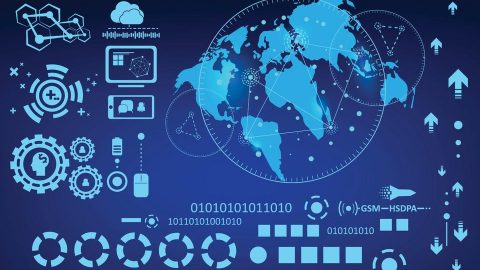
The race for technology is a vital one for many businesses today. From assistive devices that assist workers in the processing process to intelligent robots that can complete the entire production line without human involvement, all are aimed at reducing spending. and improve production efficiency. Here are some technologies that have changed the face of manufacturing industry:
3D printing
For jobs that require high precision, robots can accomplish such jobs much better than humans. In the printing field, it used to take weeks to months for a product to create a product. However, with current 3D printing technology, this number has dropped to just a few hours. As a result, not only the productivity is improved, but the error rate from subjective reasons is also greatly reduced.
Another advantage of 3D printing is the ability for any user, even those with limited CAD experience, to modify designs to their liking, to create unique and completely custom parts. correction. For companies, this means there is now the option to allow each customer to customize a product according to their personal preferences, a growing trend in modern markets. It also means that a certain design can be manufactured in a large variety of different materials. On the other hand, 3D printing technology creates less waste for a part. Combined with the general recyclability of materials used for 3D printing, it is evident that 3D printing has a great advantage in durability.
Measure
To better understand this technology, we can take a good example of precision machining, which is currently one of the focal points of economic development. The requirements of manufacturers of electronic components (Samsung, Apple, LG, etc.) require that their details or those of vendors (suppliers) have to be within 1µm ± 300L / 1000 (L is size of parts) to 3µm ± 300L / 1000, manufacturers of industrial parts of automobiles and motorcycles (Mercedes Benz, Toyota, Honda, Piagio etc.) control quality at an average of less than 3µm ± 300L / 1000, larger scale, Mitsubishi Heavy Industries Aerospace (Boeing’s Vendor), Nikkiso (Vendor of Airbus) or Rolls Royce Shipyard are using the world’s leading laser measurement equipment Leica Laser tracker at the error level facilities allow 15µm and measuring range to 320m.
Thus, with the scale of mass production of products such as Samsung, or Foxconn, every 10 to 20 CNC mechanical machines must be equipped with a coordinate measuring machine to check the exact mechanical details, this formula. Depending on the capacity and development plan of each plant. From here it can be seen that the importance of measuring devices is extremely large. Besides measuring equipment, management support software also plays a significant role in the success of the business. Typically the software MMS – Metrology Management System (Metering management system). MMS allows managers to control production situation in a comprehensive and comprehensive system. Moreover, the integration of modern audio-visual devices such as Smartphones, Smart TVs, the Internet, even social networks and modern applications are also tools for MMS to transmit reports about each product and details are checked by factory engineers.
(To be continued)